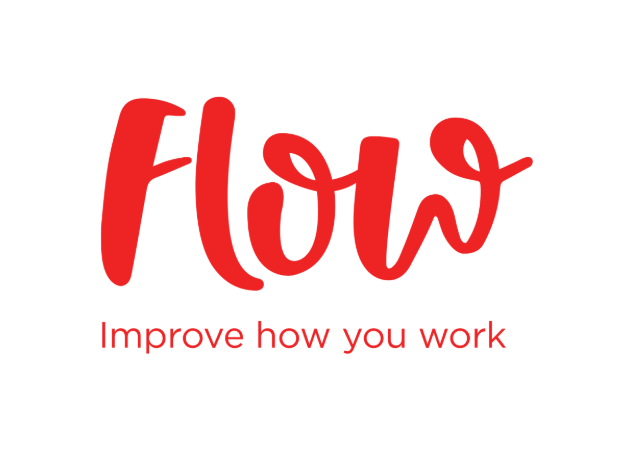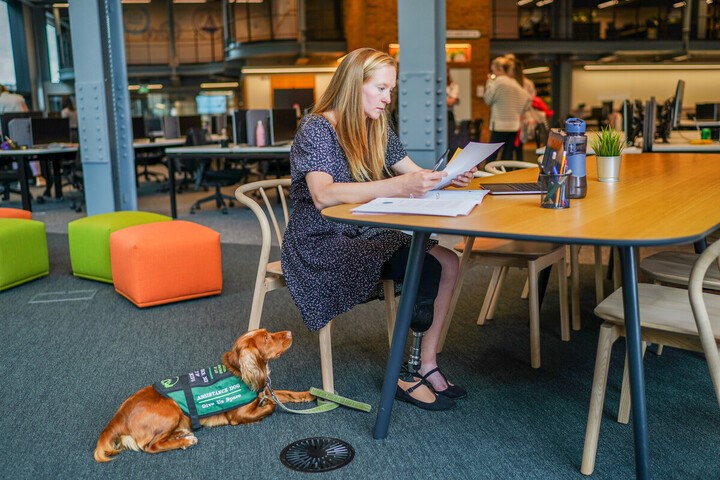Think about the last time you didn’t speak up in a meeting or avoided following up with a colleague who dropped the ball. What story were you telling yourself about why you stayed silent? And what did that silence cost your team?
The high cost of silence
An early warning sign that a relationship may be struggling is more likely to be silence than argument. When people stop turning toward each other, stop sharing thoughts and feelings, or become indifferent, it is a stronger predictor of relationship decline.
Organisational silence is when employees withhold information, concerns, or opinions about problems or issues within their company. In many businesses, silence is not just common, it’s institutionalised. And its effects are corrosive, resulting in disconnection and lower trust.
Highly effective teams are powered by differences. The ability to leverage divergent perspectives of colleagues and reach agreement without damaging relationships is a characteristic that distinguishes higher-performing teams from mediocre ones.
Teams typically engage in unspoken collusion to maintain harmony, avoiding confrontation with difficult characters.
What is a tough conversation?
Tough conversations surface the unsaid, voice contrarian truths, and go straight to the heart of the matter. They feel uncomfortable, especially when we don’t have them often, but they also build trust, deepen connection, and move us toward shared goals.
Some examples of conversations we may choose to avoid:
- Telling your manager that the project deadlines they’ve set are unrealistic and putting the team at risk of burnout.
- Giving feedback to a peer who consistently dominates meetings and shuts down others’ contributions.
- Asking a cross-functional colleague why their team hasn’t delivered on a commitment that your team is now being blamed for.
- Telling a senior leader that their new strategic direction is creating confusion and misalignment at the operational level.
- Letting a direct report know that their frequent last-minute changes are creating unnecessary rework and undermining trust in the team.
Why do we avoid tough conversations at work?
According to Google Trends, interest in the term ‘psychological safety’ has been steadily rising since 2016. Yet this hasn’t necessarily translated into colleagues’ feeling safe to speak up. We tend to avoid having a tough conversation due to a mixture of natural human tendencies and cultural reasons.
Human instincts include the following:
- Conflict makes us feel uncomfortable: Many colleagues are conflict-averse, fearing that disagreement will damage relationships or reputations. This aversion leads to ‘sweeping differences aside’, preventing meaningful dialogue and alignment.
- Our desire to ‘stay-in’ with the group: Teams typically engage in unspoken collusion to maintain harmony, avoiding confrontation with difficult characters or addressing the ‘elephant in the room’ for fear of disrupting the group dynamic.
Cultural norms include the following:
- An absence of open dialogue: Individuals may feel unsafe expressing contrarian views, especially in environments with judgmental dynamics, or believe that speaking up won’t make a difference.
- Underdeveloped feedback skills: It’s very common for there to be general discomfort with giving and receiving feedback. As a result, feedback is only given as part of the performance and development cycle.
- Lack of collaboration ground rules: Ambiguity about roles, expectations, or ‘what good collaboration looks like’ is often left unaddressed. Teams may not have decided how to decide, leading to confusion and avoidance rather than discussion.
Labelling conversations as difficult encourages us to spend energy avoiding them.
If we want to spark change, we must invest in bigger conversations
It’s easy to avoid difficult conversations when there are so many transactional tasks that require our attention. But if we think that keeping our head down saves time and is less risky, the irony is that the opposite is true. Organisational silence leads to poorer decision-making and weaker innovation. The true cost of poor communication is lower growth and additional work.
That’s why we must invest in bigger conversations.
Turn tough conversations into turning points for change
In biochemistry, a catalyst is a substance that increases the rate of a change. It helps things happen faster, transforming what might otherwise be slow or stuck into something dynamic and productive.
Catalytic Conversations work the same way. They are conversations that ignite shared thinking, spark insight, and create momentum. They build trust, deepen connection, and help people move toward shared goals – whether through resolving tension, navigating change, or simply understanding each other better.
Labelling conversations as difficult encourages us to spend energy avoiding them. Reframing them as catalytic and knowing how to handle them emphasises the energy they can create.
So how do you handle them? How can you feel better equipped to initiate them?
To close that gap, HRZone and Flow have created the Catalytic Conversations Toolkit. The toolkit’s goal is to enable conversations that bring you closer to a colleague and closer to accelerating positive change at work. It will equip you to have six different types of Catalytic Conversations.
Start a conversation that could change everything
What could be gained, for you and your team, if you said what really matters? If you initiated a bigger conversation with a colleague in service of your shared success.
And what will it cost you – in clarity, in trust, in time – if you choose to continue avoiding it?
Download the Catalytic Conversations Toolkit today and start using the tools to move forward something important to you.
In today’s hybrid workplace, collaboration is essential. At Flow, we release the collaboration potential of your workplace culture. Curious to learn how? Let’s start a conversation.







